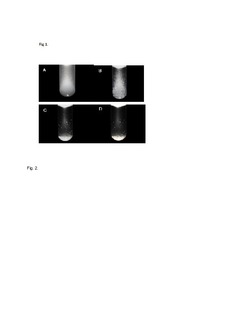Coaggregation between Rhodococcus and Acinetobacter strains isolated from the food industry
Peer reviewed, Journal article
Submitted version
Permanent lenke
http://hdl.handle.net/11250/2483095Utgivelsesdato
2015Metadata
Vis full innførselSamlinger
- Artikler / Articles [1456]
- Publikasjoner fra CRIStin [2533]
Originalversjon
Canadian journal of microbiology (Print). 2015, 61 (7), 503-512. 10.1139/cjm-2015-0210Sammendrag
In this study, coaggregation interactions between Rhodococcus and Acinetobacter strains isolated from food-processing surfaces were characterized. Rhodococcus sp. strain MF3727 formed intrageneric coaggregates with Rhodococcus sp. strain MF3803 and intergeneric coaggregates with 2 strains of Acinetobacter calcoaceticus (MF3293, MF3627). Stronger coaggregation between A. calcoaceticus MF3727 and Rhodococcus sp. MF3293 was observed after growth in batch culture at 30 °C than at 20 °C, after growth in tryptic soy broth than in liquid R2A medium, and between cells in exponential and early stationary phases than cells in late stationary phase. The coaggregation ability of Rhodococcus sp. MF3727 was maintained even after heat and Proteinase K treatment, suggesting its ability to coaggregate was protein independent whereas the coaggregation determinants of the other strains involved proteinaceous cell-surface-associated polymers. Coaggregation was stable at pH 5-9. The mechanisms of coaggregation among Acinetobacter and Rhodococcus strains bare similarity to those displayed by coaggregating bacteria of oral and freshwater origin, with respect to binding between proteinaceous and nonproteinaceous determinants and the effect of environmental factors on coaggregation. Coaggregation may contribute to biofilm formation on industrial food surfaces, protecting bacteria against cleaning and disinfection.
